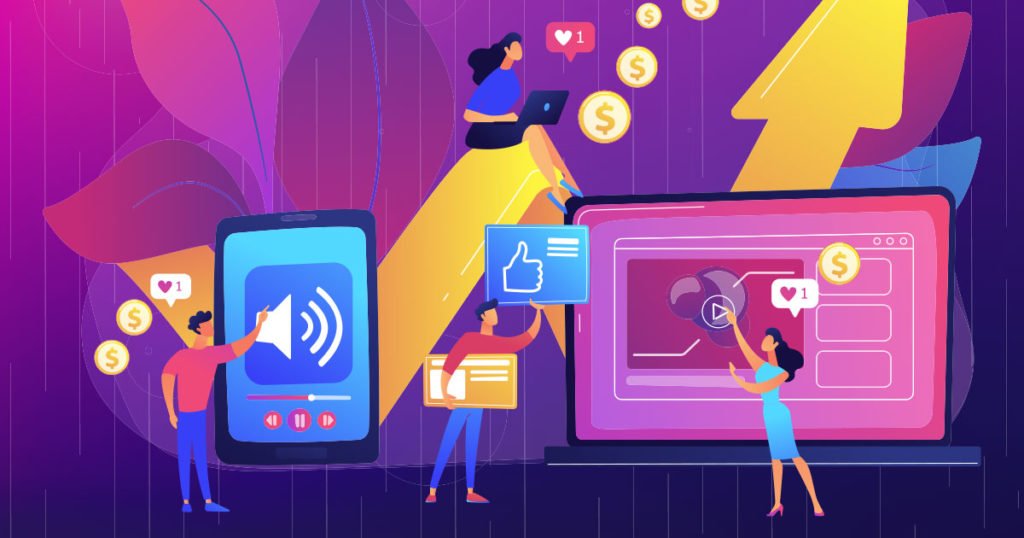It used to be simple: If you were a brand looking to get into influencer marketing, you’d simply find an influencer with an engaged following who posted content that happened to match your values, and you’d pay them for a mention. The focus was on that process of finding the influencer with a big following.
Those days are past, now. There are a hundred companies out there that all have access to the same pool of influencer data. In addition, algorithmic changes have vastly limited the amount of organic reach for influencers.
Yet there’s still tremendous value to be unlocked in the influencer marketing world. How? The time has come to marry a complete content creation strategy with influencer marketing.
The Content Journey
Many influencer marketing companies and influencers are still focused on just creating content that works for that influencer’s audience, relying on the organic engagement that content inspires. Cute but not effective at scale.
We need to think bigger. We need to think about a content journey beyond what will appear on people’s mobile phones. How can that influencer content play into a six-second pre-roll ad? And how will that content mesh with a more traditional 30-second connected TV spot? With a long-form piece of branded content? This content should all be interconnected and build on each other.
Many influencers won’t, themselves, be in a position to create something like 18 different pieces of content of different lengths and containing different messaging. Luckily, at ViacomCBS we have a massive stable of creative talent that can help us execute at every point of this content journey, from long-form branded content to simple social posts.
Big Strategy, Bigger Cost, Huge Results
None of this comes cheap. But putting the proper resources behind a multilevel, multiplatform influencer campaign can yield impressive results. That’s what we’re really after: brand awareness with actual conversions and sales lifts.
Let’s get concrete. One option is to take a big “hero” influencer and use them as the center of your campaign—someone like Melissa Joan Hart or Terry Crews. While they’re promoting a product in perhaps more straightforward, traditional ways, like a retail experience or branded content. That results in a conversation among their followers, and you can then introduce social and micro0 influencers and their fans into these conversations for a sustained and expanding effect. We’ve seen clients experience sales lifts after tie-ins with the Kids’ Choice Awards that spanned social, linear TV, and experiential marketing.
This kind of strategy works particularly well when also centered around a particular cultural event, like the VMAs or VidCon. Here, you can create content that is thematically linked, and part of an actual physical journey itself, following creators on their road trip to VidCon and segueing into all the activations you’ve set up at the event itself.
With this kind of influencer content strategy, you’re not just handing money to an influencer for a brand mention. You’re turning them into a creative partner, a creative director, a creative force. And to do that, you need to think bigger than limited organic reach.
